Introduction

What we have here is the new Bajaj Pulsar NS200 and it gets an all-new design and all-new features like full-LED lighting, fully digital instrument cluster, and a slipper clutch as well…. Hold on... I’m just kidding. We rode the BS6-compliant 2021 Pulsar NS200 for a couple of days to figure out what has changed from the previous model. Also, read on to know if it makes sense to choose the Pulsar over its biggest rival- the TVS Apache RTR 200 4V.
The Visuals

Now, we all wish that Bajaj Pulsar NS200 came with all the upgrades I mentioned earlier. However, the 2021 edition looks the same as the previous model. And in my opinion, still looks attractive. It has a distinctive headlamp with twin pilot lamps, a muscular fuel tank with prominent lines and creases, and the distinctively sharp split tail lamp that is associated with the Pulsar series.

What has changed though, is the choice of colours. Apart from the matte red you see here, Bajaj is offering the NS200 in grey, blue, and white; all of which come with a white frame and wheels. Now, the paint quality is good and so is the fitment of the NS’s body panels. We didn’t seem to find any gaps or ill-finished work anywhere. Even the quality of plastics used is decent. Although, the feel and fitment of the switchgear could have been much better.

The Package

In today’s world, a healthy feature list is to a customer what lavender is to bees. It is what brings the attention and the showroom walk-ins too. Hardly being changed since its inception in 2012, here is where the NS200 lacks behind. It is only available in a single-channel variant and continues to offer a semi-digital instrument cluster, halogen lighting for the headlamp, tail lamp and turn signals, and backlit switchgear.

The Ride

The Pulsar NS200 offers proper streetfighter ergonomics. The handlebar is low and the footpegs are rear set so you are sitting in a slightly bent forward position that allows you to tuck in, and do so comfortably. There isn’t an issue for shorter riders with these ergonomics and it shouldn’t be an issue for taller riders either. The tank recesses are supportive and the seat has ample space to move around.

Speaking of which, the seat feels soft and comfy initially but the cushioning tends to feel hard over longer journeys. It is the same case with the pillion seat- spacious and comfy but a bit cumbersome on long rides. That said, the Pulsar NS200’s suspension is on the stiffer side which means even the small bumps on the road are felt with harshness.
And this suspension has been set up keeping in mind the bike’s sporty character. Now, the NS200 isn’t the most agile among its competitors and requires a bit of an effort while making quick direction changes or tipping into corners. In fact, it is 2kg heavier than the previous model and 3kg heavier than the TVS Apache RTR 200 4V.

Nevertheless, the NS200 feels stable and precise once leaned in. The MRF Zapper tyres it ships with offer decent grip in the dry, although with previous experience, these aren’t the best option in wet conditions. As for braking, the Pulsar NS200 employs a 300mm disc at the front that offers a good initial feel and bite. However, the braking feel tends to fade under heavy use. Meanwhile, the rear could do with more bite and feedback too. Now in a similar displacement, Bajaj already has the Pulsar 220F, but that motorcycle has a completely different fan following and customer base. It also has a completely different engine that is nowhere similar to the NS200.

The NS200 uses a 199cc, liquid-cooled engine that has been derived from the KTM 200 Duke. But the NS200’s unit churns out 24.13bhp that is roughly 1.2bhp lesser than the KTM. Even the 18.5Nm of torque is slightly lesser than its Austrian counterpart.

Nonetheless, the Pulsar NS200 has an extremely sprightly motor with a strong pull from 3,000rpm all the way to its redline at 10,000rpm. It can hit a top speed of around 145kmph and never feels like its lacking performance in any gear. That said, I was also amazed by the light clutch pull and smooth shifts on the NS200. With the transition to BS6, the engine does feel more refined, although there is a buzz of vibrations on the handlebar all through the rev range.
Conclusion

At Rs 1.33 lakh, the Bajaj Pulsar NS200 serves as an affordable alternative to the KTM 200 Duke. It also has a brilliant motor, smooth gearbox, and commendable handling. But all said and done, it is difficult to look past its lack of features. Compare it to its rival, the Apache RTR 200 4V and the NS fall short tremendously because for Rs 6,000 lesser TVS offers Bluetooth connectivity, adjustable forks, and riding modes too. It even looks relatively fresher than the NS200 that has retained almost the same design for the past nine years. In our opinion, what the Pulsar NS200 needs right now is a substantial update and we hope to see it by 2022!
Photos by Kapil Angane
Gallery
1/45
Bajaj Pulsar NS200 Front Disc Brake
Double Tap to Zoom











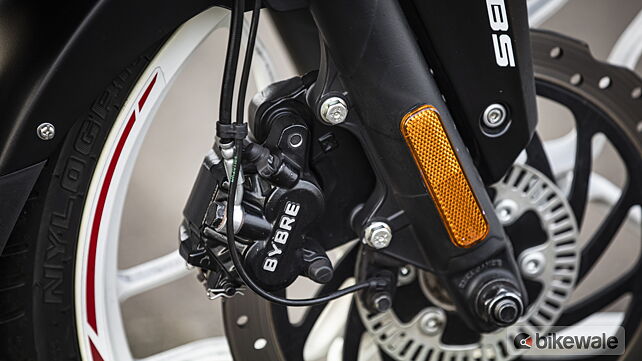













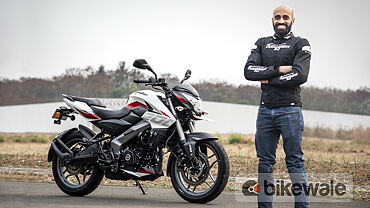


















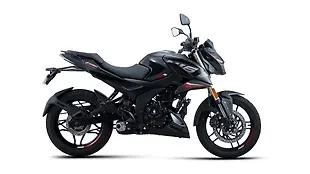
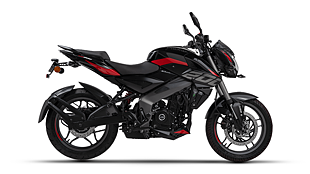
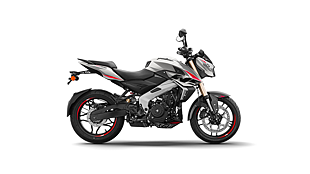




![KTM 390 Adventure X [2025] KTM 390 Adventure X [2025]](https://imgd.aeplcdn.com/272x153/n/cw/ec/190885/390-adventure-x-2025-right-side-view.jpeg?isig=0&q=80)
